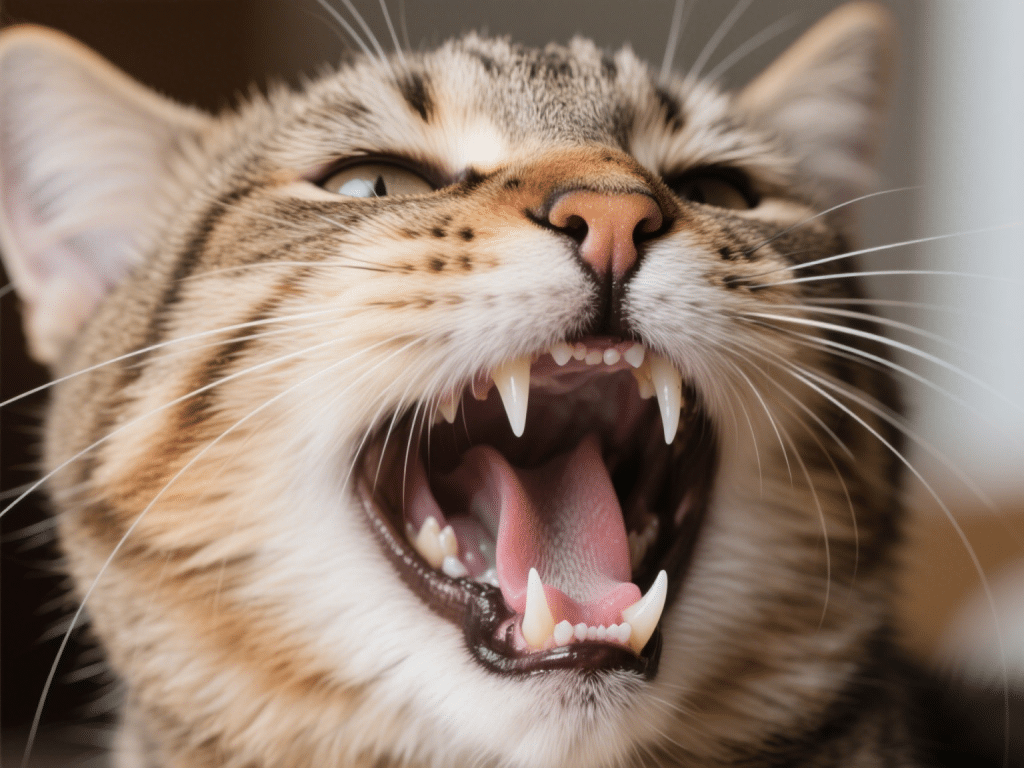
Dental disease affects up to 85% of cats by age three—often silently. As a veterinary technician specializing in dentistry for eight years, I’ve witnessed how early intervention and daily care prevent painful conditions like gingivitis and tooth resorption. This guide equips you with proven at‑home routines, product recommendations, and clear signs that warrant professional cleaning.
Understanding Common Dental Issues
Tartar & Plaque: Bacteria‑laden film hardens into tartar, leading to gum inflammation.
Gingivitis: Red, tender gums that bleed easily—an early sign of periodontal disease.
Stomatitis & Resorption: Advanced, painful conditions requiring veterinary intervention.
Daily At‑Home Care
Toothbrushing: Use a soft feline toothbrush and enzymatic toothpaste. Aim for 2–3 times weekly; daily is ideal.
Dental Wipes & Gels: For cats intolerant of brushing, apply antiseptic gels or wipes along the gum line.
Dental Treats & Water Additives: Look for VOHC‑accepted products to reduce plaque buildup.
Professional Dental Cleanings
Frequency: Annual cleanings for most cats; every six months for those prone to gum disease.
Procedure: Under anesthesia, teeth are scaled above and below the gum line, polished, and evaluated for extractions if needed.
Recovery: Most cats eat normally within 24 hours; provide soft food for 2–3 days if gums are sensitive.
Recognizing Warning Signs
Halitosis: Chronic bad breath signals bacterial overgrowth.
Drooling or Pawing at Mouth: May indicate pain or ulceration.
Decreased Appetite: Chewing hesitancy or weight loss requires prompt examination.
Expert Insight
“Consistent at‑home care reduces anesthesia time and the number of extractions,” explains veterinary dentist Dr. Rachel Kim. “Start dental routines early—ideally while kittens are socialized to toothbrushing.”
Through diligent daily care, strategic use of dental products, and routine veterinary cleanings, you’ll safeguard your cat’s oral health—ensuring comfortable eating, fresh breath, and a lifetime of healthy smiles.









Comments on " Feline Dental Health: Preventing Tartar, Gingivitis, and Bad Breath" :